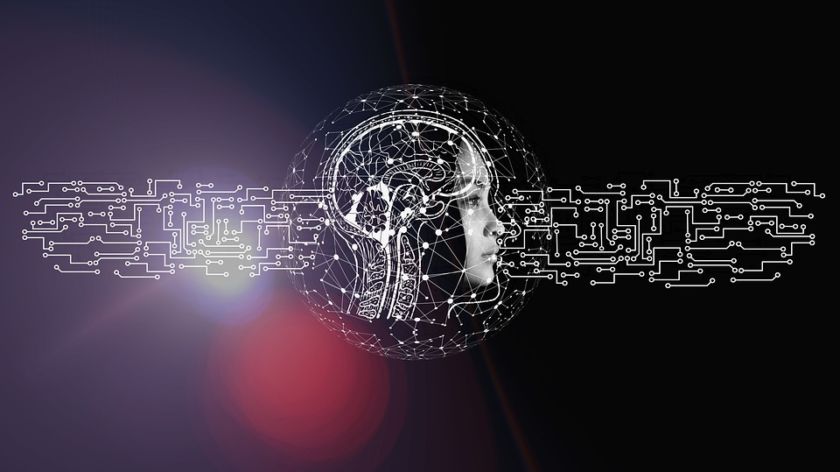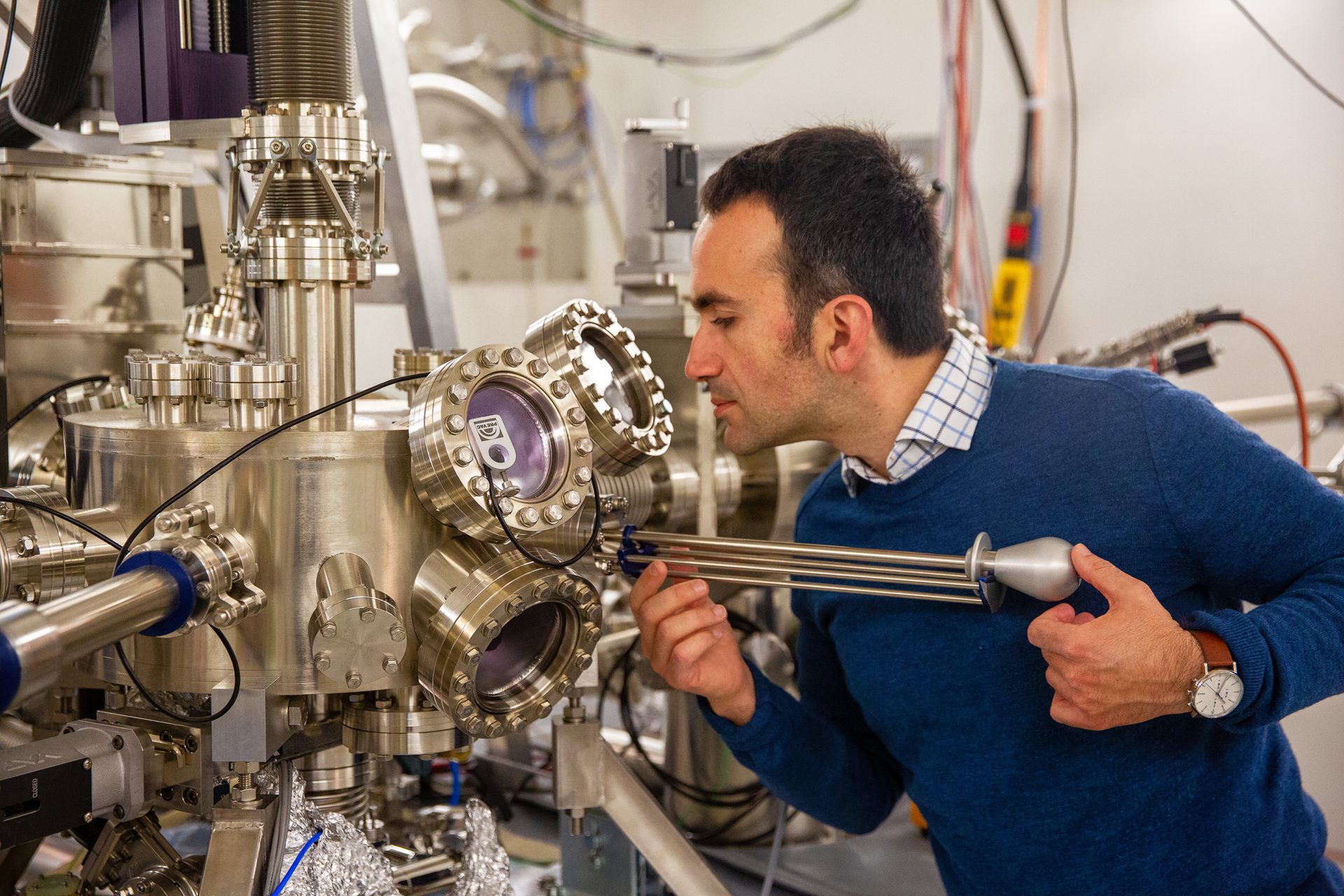Under the microscope cobalt atoms behave like brains cells
-
 Photo: Pixabay
Photo: Pixabay
Inanimate material such as cobalt sometimes behaves a bit like brain cells, quantum physicist Alex Khajetoorians discovered. This makes it possible to perform energy-efficient calculations. Last month, the professor received a Vici grant for his plans.
As powerful as modern computers and artificial intelligence may be, they are huge energy consumers. Take the self-driving function of a Tesla, for example, which is estimated to easily consume a few hundred Watts to drive the car. Our own brains, on the other hand, can do the same thing running on just 15 Watts – and then we can simultaneously also listen to the radio or make a phone call.
So can’t we try to make computers more like brains? That question is the basis of Khajetoorians’ new Vici project. NWO recently awarded the Scanning probe microscopy professor (Institute for Molecules and Materials) this prestigious grant, worth one and a half million euros.
Brain-like materials
‘How can we learn from the brain, how to make brain-like materials that learn? And does this always require organic material – i.e. is biology unique – or is there another way?’, he explains in his office in the Huygens building. ‘The way the brain computes, in its simplest form, is based on pattern recognition. These basic principles, often called machine learning, are also the basis of artificial intelligence that runs on our computers.’

Yet very different things happen under the hood, when we compare our standard computers with the brain. Whereas a computer chip is robust and meant to precisely store or process, the brain, in contrast, is very noisy and adaptive. Khajetoorians: ‘The brain has two fundamental units: the neurons which rapidly fire, and the synapses – the connection points between neurons. Synapses slowly evolve based on experience, and change how the neurons fire.’ The ‘hardware’ itself – read: the brain – adapts as a result of the learning process. This process of changing, usually referred to as plasticity, underlies how the noisy brain learns and may be linked to the energy efficiency of the brain, neuroscientists suspect.
Goldfish and mushrooms
Khajetoorians sees a similar plasticity in his research on cobalt atoms sitting above phosphorus atoms. Using an extremely strong microscope, with the highest resolution available in the Netherlands, he can image these atoms individually, one tenth of a nanometer in size, or 100,000 times smaller than a hair’s thickness. ‘If we put cobalt atoms on phosphorus, we see something special. They turn out to be able to assume two different shapes: either goldfish-like or resembling a mushroom.’ Using electricity, the researchers can artificially switch between the two shapes, creating a kind of binary memory like computer bits.
And similar to real neurons, these atomic ‘neurons’ also show plasticity. When given more electricity, the atoms start fluctuating between the two states, just like neurons that are firing. This firing rate can be modified, and this is influenced by the interactions with nearby other cobalt atoms – just like neurons influence each other’s firing rate in a neural network. Khajetoorians: ‘That way, distinct and complex patterns can be created using the cooperative firing of these interacting atoms.’
All this neuronal-like atomic behaviour gave Khajetoorians the idea of the Vici project: such patterns might serve as the basis for a kind of machine learning algorithm that AI-systems and the brain use. ‘Could one imitate the brain based on these kinds of atoms, and eventually build a whole novel kind of computer? And can we understand how to link the ideas in physics to the concepts in AI and machine learning? These questions require an interdisciplinary approach. That is why I also work with, among others, Mikhail Katsnelson (theoretical solid state physics, ed.) and Bert Kappen (Donders Institute, ed.).’
Candy store
Before the answers are there, there’s still a lot of work to do. For example, it is not yet exactly clear how this strange atomic behavior can be explained by physics. But it is precisely these fundamental questions that make his field so interesting, says Khajetoorians with gleeful eyes. ‘I feel like a kid in a candy store. We have only recently been able to investigate all of this, thanks to new developments in the field of theoretical physics, but also because of the improved technical possibilities.’
‘That you don’t know exactly how a study will go is precisely the fun of doing fundamental science’
The aim of his project is not to make a concrete device or product, the professor emphasizes. ‘We mainly hope to gain new fundamental physics insights into how material behaves at the atomic level. And subsequently how you can make use of this knowledge by bringing different disciplines together, as we are currently doing with neuroscience. It would be great if all of this one day leads to more energy-efficient technology. But the fact that you don’t know exactly how a study will go is precisely the fun of doing fundamental science.’



